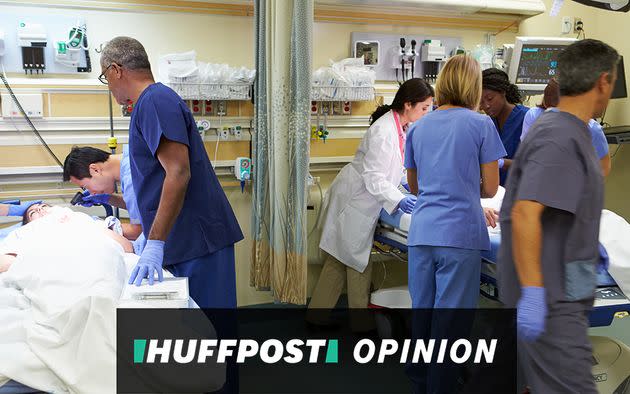Scrapping A&E Targets Only Helps The Tories, Not Patients

I started working in the NHS in 2012, and would regularly rush around busy A&Es as the most junior of doctors like an angry wasp, buzzing between what felt like tens of patients, struggling to manage all the plates in the air.
At the time, a recent A&E had closed and there were no plans to open another. We would get regular calls about patients “breaching”, the term we use for a patient waiting longer than four hours to be seen, treated, admitted and discharged. The coalition government had just reduced the four-hour target from 98% to 95% in 2010, and, at the time, it felt like we would get more urgent calls about “breaching” patients than very sick ones. Hospitals still get fined from their budgets if they miss these targets, which always seemed a ridiculous way to address a struggling service, so we would feel the pressure not just from the patients but senior doctors and management as well.
Flash forward to 2020, and I look back on those days with rose-tinted glasses. Since 2015, the A&E target hasn’t been met in England at all, and fell from one in eight patients waiting over four hours, to one in four this winter. A&E sits at the crux point between the community and the hospital, and when you walk in to a heaving hospital you can physically feel the strain: patients queueing in corridors, the emergency alarms, the strained voices of the receptionists. The worst part is the hungry eyes of the patients waiting to be seen and their families; even when I’m not working I find it difficult to walk past.
As a busy heart doctor I have taken lots of calls from A&Es about “breaching” patients, and sometimes that does mean prioritising the sickest patients can become confused by the target. But that reflects the ever increasing volume in our hospitals, up 4% year on year for the past 10 years, and the lack of resources to follow it, average funding increasing by only 1.5%.
Matt Hancock has said that this target being scrapped would be “clinically...


